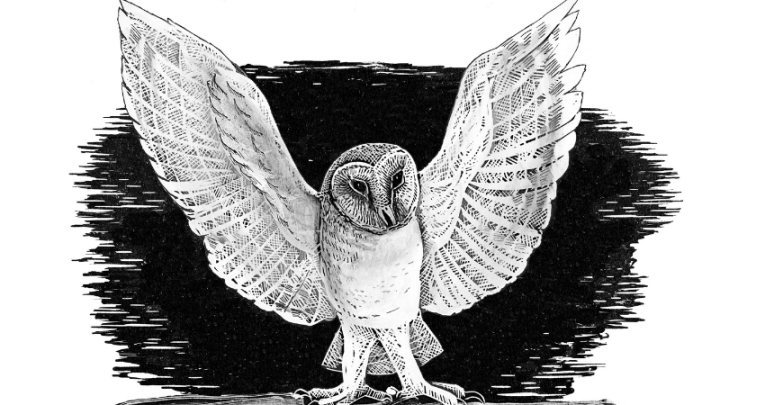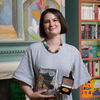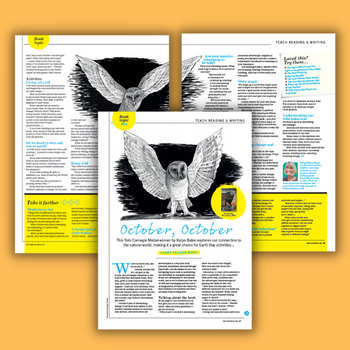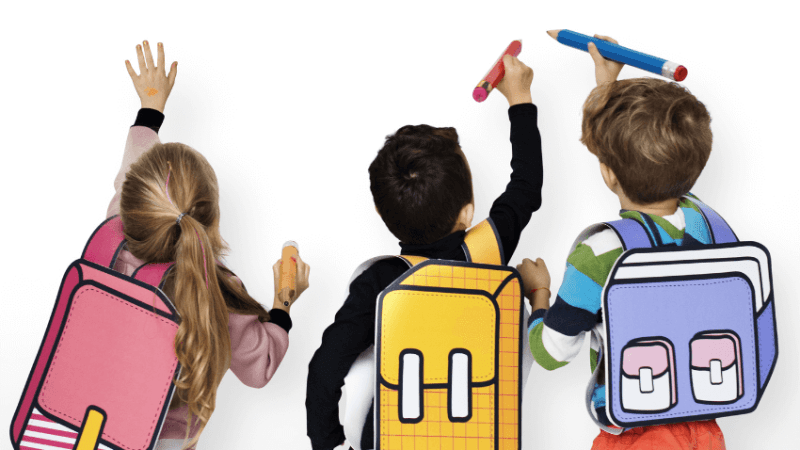Katya Balen – the Yoto Carnegie winner on the stories we tell ourselves

The narratives we construct about ourselves and others inform how we move through the world. The same is true of our pupils…

- by Katya Balen

When I set about writing stories, I often find myself using a lot of sensory imagery.
I’m not sure that this is always (or ever!) a conscious choice, but I have experience in working with children who don’t always communicate through a visual or verbal medium, so perhaps that’s why.
Diverse readers
My background is in social care, and I’m keen to make sure my books appeal to a variety of different readers.
I’ve had the chance to work with all sorts of people, from tiny babies to young adults, and it’s amazing how many ways there are of looking at the world.
We all experience life differently, and so that attitude has bled into my writing.
I didn’t set out to write characters who are neurodivergent, but I’ve always been keen to explore personalities that aren’t perhaps your typical child.
I’m fascinated by the idea that there are people living lives that we know nothing about – everyone’s having their own experience, and you just don’t know what goes on in people’s homes.
Telling stories is definitely part of that; they can of course give us comfort if we’re going through a tough time, but we also use narrative to understand our own lives, and the world around us.
Humans are obsessed with stories – they give us a sense of place, and can help us to understand our own identity.
Narrative meaning
I found this was particularly true when working with autistic pupils who didn’t use very much spoken language – they would often utilise single echolalia (repeating chunks of phrases) and these were always from a story they’d read or heard.
Often this was triggered by anxiety, and related to their environment. So, for example, I knew one child was hungry because he was repeating parts of a story where a boy goes home for his delicious tea.
Memorised narrative gave the child in question the vocabulary that they otherwise wouldn’t have had access to – it was a meaning-making strategy in a way.
It’s amazing to see young people access these stories on so many different levels.
All children – whether neurodivergent or not – have to deal with an emotional load that they perhaps aren’t quite sure how to navigate.
We’ve all seen a child apparently throw a tantrum over something we consider small, and often it’s just that they’re not sure how to work with their emotions.
Again, stories can help with that. In my book, October, October, the eponymous protagonist is thrust into a new environment without her consent – she has to move from her beloved countryside to the city because of her dad’s new job.
This, of course, is a bit of an emotional upset for October, but she’s able to develop some resilience by finding her wildness within – essentially, by telling herself a story about who she is, and how she exists in the world.
Trending
Of course, narratives also help to connect us to other people. Sometimes understanding others’ views can be intimidating, but often children are better at this kind of empathy than adults.
Young readers have responded well to my exploration of points of view, and multi-sensory descriptions. Because that’s how they experience the world – with wonder and curiosity – they often come at things with a more open mind than adults.
Essentially, if you can read and understand someone else’s story, then that can give you the key to understanding them as a person, even if they’re completely different from you.
Again, this can be a really powerful relativity tool for children who perhaps have autism, or other communication differences – to give them a chance to process information about their peers in their own time and slot them into a structured narrative arc.
Stories are all around us, too; they don’t have to be contained only in books, but in TV, films, video games – all sorts of places. Giving children the space to explore those stories and extrapolate from them is so powerful, and it does change lives.
Stories of resilience
I guess the key takeaway from October, October, for me, is that life isn’t perfect, and we can’t expect it to be. There is always going to be some form of conflict – just like in a good fictional story.
As humans, we regularly face things we need to overcome, whether big or small, and I think that’s why we can rely so much on narrative.
Stories help us make sense of the chaos of life, and they can be a safe place for us to explore different situations without them having an impact on the rest of our world – it’s often called ‘safe resilience’.
Some pupils, of course, will come into contact with risky and undesirable situations, and therefore develop very real reactions to them, but for those that are lucky enough to avoid such circumstances, stories can play a powerful role in emotional development.
And it’s not just children. As adults we can learn a lot from the stories we tell ourselves about who we are, and those we tell about our friends, family, colleagues – even our class.
It’s an interesting concept to keep in mind: for example, what story might we have told ourselves about a child with behaviour problems?
Is there a narrative we’re taking part in subconsciously? It’s fascinating, really.
This is why books are a great starting point to help your pupils talk about their feelings, or understand treating others with empathy and kindness – for some reason, when we read or hear something in story format, we can put ourselves in the place of the characters, walk in their shoes, and, hopefully, come out the other side with experiences that positively influence our lives.
Reading really is magical.
Katya Balen lives in South London with her partner and her two dogs, Raffi and Mouse. She’s the author of The Space We’re In and October, October which won the 2022 Yoto Carnegie Medal and Shadowers’ Choice Award. Her third book, The Light in Everything, (£12.99 HB, Bloomsbury) was published earlier this year.










